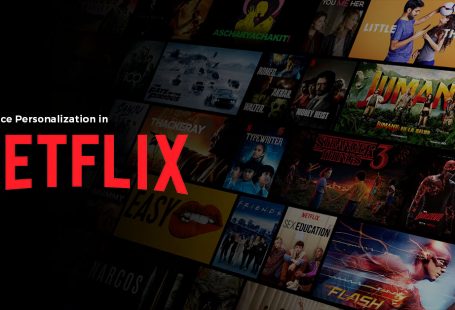When people belonging to different cultures and geographies try to collaborate, especially to achieve business goals, things can go downhill at times. There can be a serious breakdown of communication.
Just imagine a scenario where a service provider and one of its client are culturally different. If they don’t address those differences and just run after their business goals, then what can be the consequences?
Trust issues can develop, the morale of both the parties can take a hit, and productivity can tank.
Often managers who haven’t been exposed to cultural challenges before, blame bad governance, or delivery management/project management issues for the above-mentioned consequences. They aren’t perceptive enough to differentiate between cultural clashes and project mismanagement. This is what creates serious repercussions for the entire project.
And wider the cultural difference (let’s say a European company engaging with a service provider from Asia), the greater the risk of misunderstanding.
Taking note of the cultural differences
There are many subcultures in a region or a nation, but the two kinds of cultures relevant to our discussion are:
- The corporate culture
- The national/regional culture
Service providers and their clients face cultural differences, primarily because of their different corporate and national cultures.
Because of their different corporate cultures, they have different workstyle, decision-making process, and organizational structure, and because of their different national or regional cultures, they have different ways to communicate professionally. In other words, their verbal and non-verbal communication has subtle differences.
For instance, if the client is from the UK, don’t expect emotional responses from him or her. In this part of the World, people hide their emotions and are quite conservative with their reactions.
What are these subtle differences?
It’s about how you articulate for the non-natives. You can’t use American slangs in front of someone who is from the UK, and vice-versa.
Your non-verbal communication should be culturally apt, or your message can be seriously misinterpreted.
For example, East Asians prefer very subtle and indirect communication. Therefore, while dealing with them, you can’t westernize your communication which is more direct in nature, otherwise, they might take offense, despite your best intentions.
For a Chinese, phrases like “Maybe” or “We shall see” are equivalent to “No”. But an American may not get that, because for him “Maybe” means “Maybe” and nothing else. For him “We shall see” means “We shall see” and nothing else.
So it’s better for business partners to study such differences, otherwise, it may lead to communication failure, leaving the project in jeopardy.
Group Dynamics
If you want to expedite your sales process, you better understand the group dynamics in your client’s culture.
For example, Individualism drives countries such as America or the UK, and customers here make their buying decisions independently.
On the other hand, countries such as China have a collectivist culture, and here the buying decisions of people are influenced by a group that may include family members, friends, or even colleagues. So you may think that the person sitting at the negotiation table is calling all the shots, but that’s not exactly the case.
Therefore, when catering to a collectivist culture, you must target your marketing collateral towards a group, and not towards an individual.
A few suggestions
If you are catering to a global client base, then it’s important that your team members receive at least a month of training on cultural awareness. Just make sure that your training program aligns with your business context. You can also hire a consultant and arrange workshops on “cross-cultural interactions” on a regular basis.
You need to do your homework right, and you can’t rely too much on your instincts. If you know that you are going to have a sales meeting with foreign businesspersons, then study how their manner of doing business is different than yours.
For instance, in eastern cultures, before negotiations begin, people like to have lengthy, informative sessions. Your salespeople must be aware of this, or the other party might misunderstand them.
If you get a response that is weird according to you, then don’t jump to conclusions too soon. Your client might give the impression that he or she is unimpressed, but that may be a cultural thing. As mentioned earlier, in some cultures people aren’t very emotive.
Questions you must address while hiring a service provider
What should be the evaluation criteria to zero in on a service provider? If you want to outsource your product development, you better address these four key questions before choosing a service provider.
- How does the service provider handle diversity and multicultural issues in its own business?
- What is their track record in terms of handling cross-cultural engagements?
- Does it incorporate the lessons learned from working with companies like yours?
- Is its way of working conducive to a long-term partnership?
Collaboration is a successful model, and you need to practice it. You might make mistakes as business partners in the beginning, but do pay attention to your cultural differences and focus on cultural integration.
You along with your team members must see these differences as an opportunity to learn something new. Understanding each other’s cultures can enrich you as a person and as a team.
Hope you found this write-up interesting. We have also shared our two cents on how differences in time zones can affect business relationships. Do give it read and share your experiences with us.







